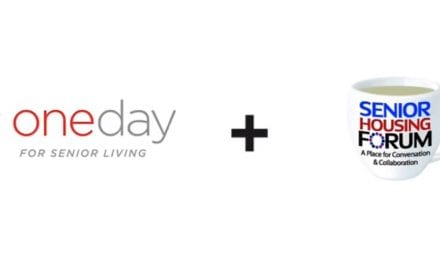By Susan Saldibar
Recently, during a document review, a senior living community came to the startling realization that 40% of their locations were “doing their own thing” with their legal documents. They were either using out of date documents or the wrong documents altogether.
So, in some cases, managers (at certain locations) would read about a new regulation and then insert their own language in their own admissions documents to address it. And they did it without even letting corporate know! In other cases, paperwork changes were made by legal months earlier that never got implemented in several communities. Why? Because local management apparently “missed” the email with the attached revised admissions documents.
Is It Worth It?
“Doing your own thing” can cost you thousands of dollars.
Okay, so it’s easy to shake our heads and say, “We’d never do that” but, in truth, it happens all the time. And no one knows this better than Darren Mathis, CEO of LincWare (a Senior Living Foresight partner). “It only takes a few instances of individual locations taking short cuts with documents or ignoring changes to snowball and spiral out of control and out of compliance,” Darren tells me. “Then, when you multiply these errors across dozens of communities you have a real problem.”
And he’s seen that problem escalate to proportions that can cost an operator thousands of dollars. Sometimes it’s due to missed opportunities to collect money for early move-outs or for amenities that residents thought were free because they never signed the document that listed the prices. Other times the errors are spotted in a state audit and the operator had to correct the issues and pay significant fines.
When LincWare designed and developed Admit+, their digital admissions platform, creating safeguards to address this very problem was an integral part of the process. The rationale was that you can’t ignore, replace, or make ad hoc changes to documents without following common sense steps. So they structured the steps to prevent people from circumventing them.
“Documents can’t be loaded into the Admit+ system until they are approved by Corporate,” Darren explains. And when a new version of a form is inserted into the system, it automatically flows across all communities that use that specific form.
Easier to Conform. That’s a Good Thing
What I like about this is that it will frustrate the attempts of those who try to short circuit document control and take sloppy shortcuts. I admit I’ve taken some of them myself back when I was in sales in a rush to get documents over to a prospect who was ready to sign. And it usually came back to haunt me.
What’s cool is that Admit+ leverages the tendencies of people (like me) who don’t want to spend a lot of time with forms and other documents. According to Eileen Gaisser, Business Analyst for LincWare, you just enter a few pieces of data and click a button. The system automatically generates a copy of each form that the resident needs to complete. “So, sales teams don’t have to try to figure out which addendums should be included because the software does that for them,” Eileen says. “They don’t have to wonder if they are using the latest version of a form because the software automatically assigns the latest versions.”
It makes sense. It’s human nature to look for the easiest way to get things done. If this actually makes it easier to create documents, I’d think it would pretty much eliminate the need to “do your own thing”. And you get accuracy on top of that. Something to consider in this litigious world we live in.
For more information about Admit+ please visit their website.








